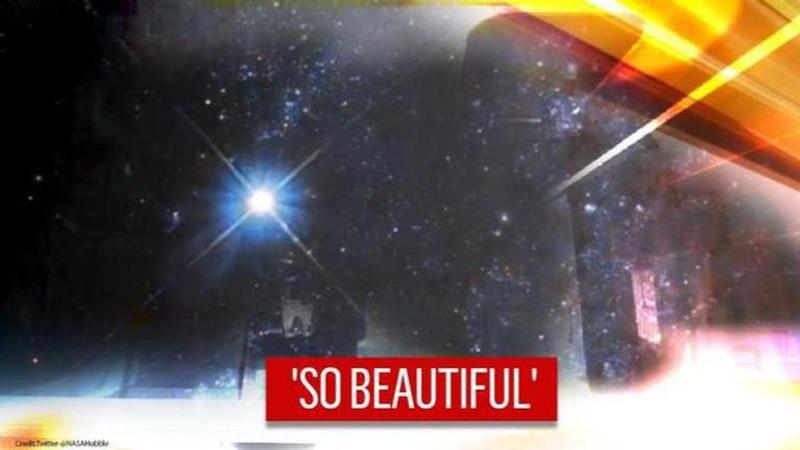Published 20:27 IST, October 2nd 2020
Supernova timelapse video by NASA of galaxy NGC 2525 leaves netizens stunned
“Every second, a star explodes somewhere in universe,” NASA wrote for the footage, adding, that it was the compilation of Hubble's supernova images

NASA's Hubble Space Telescope captured the rare quick, fading celebrity status of a supernova like the one that occurs in the Sun in several billion years. In a new post on its official Twitter handle, NASA shared a time-lapse video of the self-detonation of a star that depicts a stellar blast disappearing into oblivion. “Every second, a star explodes somewhere in our vast universe,” NASA wrote in the caption of the mesmeric footage, adding, that it was the compilation of Hubble’s recording of a supernova in the galaxy NGC 2525.
In the iconic footage, NASA assembled the snapshots taken by The Hubble of the NGC 2525 galaxy located 70 million light-years away in the southern constellation Puppis.”Roughly half the diameter of our Milky Way, it was discovered by British astronomer William Herschel in 1791 as a spiral nebula,” NASA explained in a release. As one zooms into the video, one can see the outer spiral arm of the galaxy fading light of supernova 2018gv. The video shows one year of the consecutive photos collected by The Hubble from 2018 to 2019 that NASA compiled a time-lapse sequence. “At its peak, the exploding star was as bright as 5 billion Suns,” NASA wrote.
No 'earthly fireworks' can compete
According to NASA the iconic supernova, that outshines the brightest stars in the galaxy was first located on the galaxy's outer edge by amateur astronomer Koichi Itagaki in mid-January. "No Earthly fireworks display can compete with this supernova, captured in its fading glory by the Hubble Space Telescope," said Nobel laureate Adam Riess, of the Space Telescope Science Institute (STScI) and Johns Hopkins University in Baltimore. The supernova emerged out of a burned-out star, a white dwarf located in a close binary system that ignites nuclear fusion and blasted fireballs. Because supernovae of this type all peak at the same brightness, they are known as "standard candles,” NASA said. Netizens were in awe at the supernova’s star flickering of several colours. “Interesting and amazing how large this Universe is,” a user pondered.
Updated 20:27 IST, October 2nd 2020



